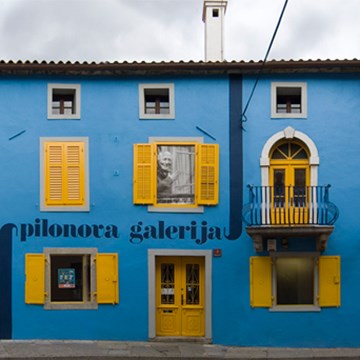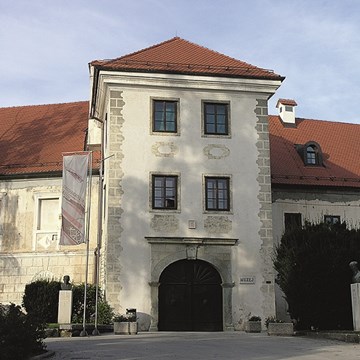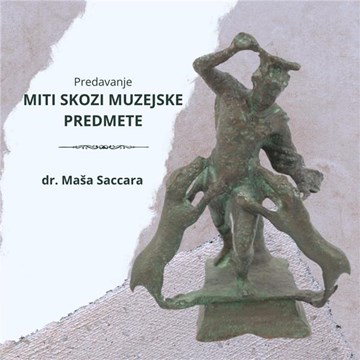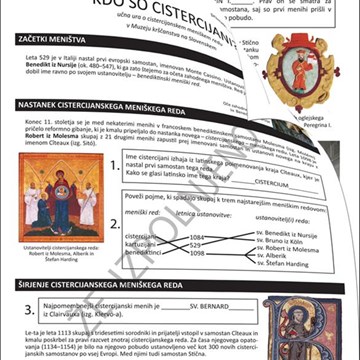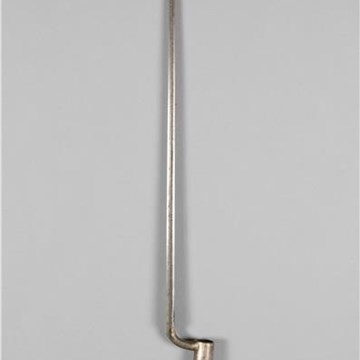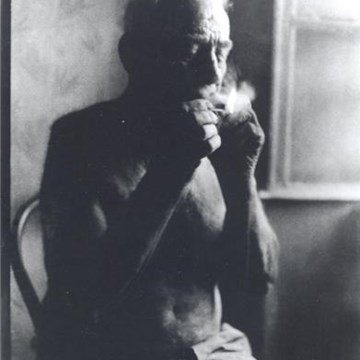Telluric screw of de Chancourtois
More from this collection View all
Exhibitions and events from this museum

Information age
A major new gallery that will tell the incredible stories of how communications...

Engineer Your Future
Young people will be inspired to think like engineers and have their...

























